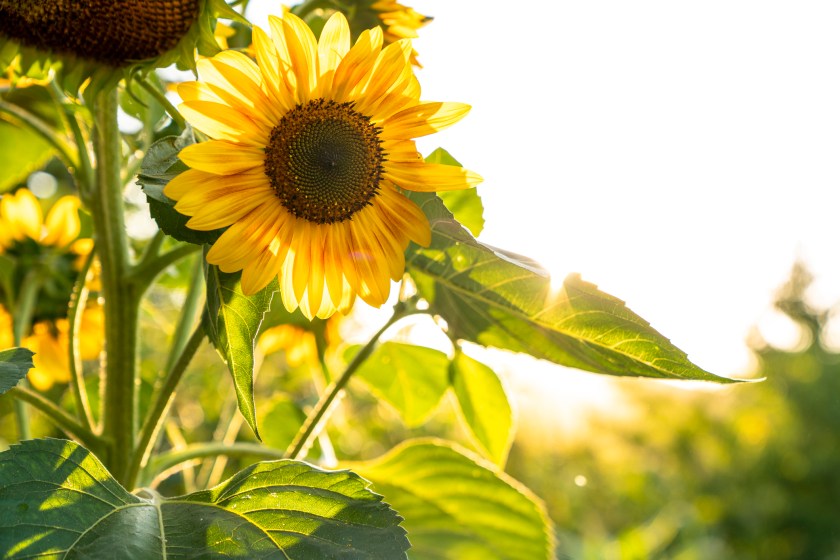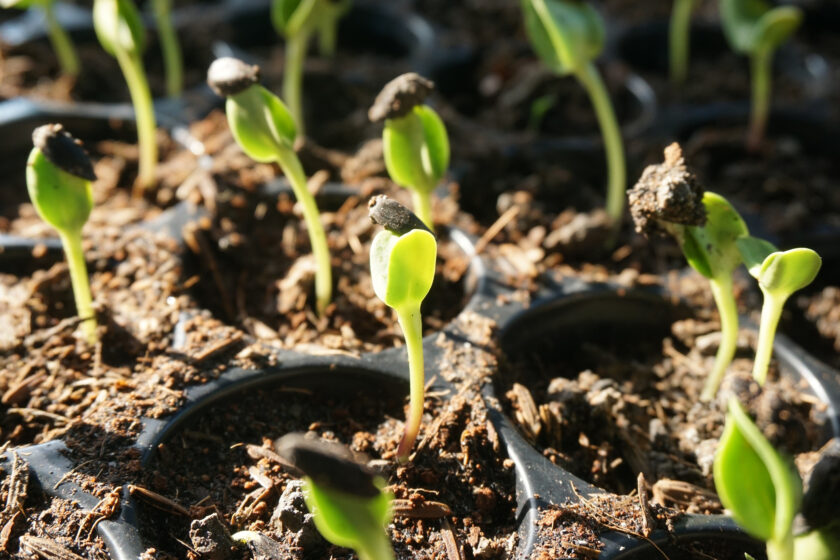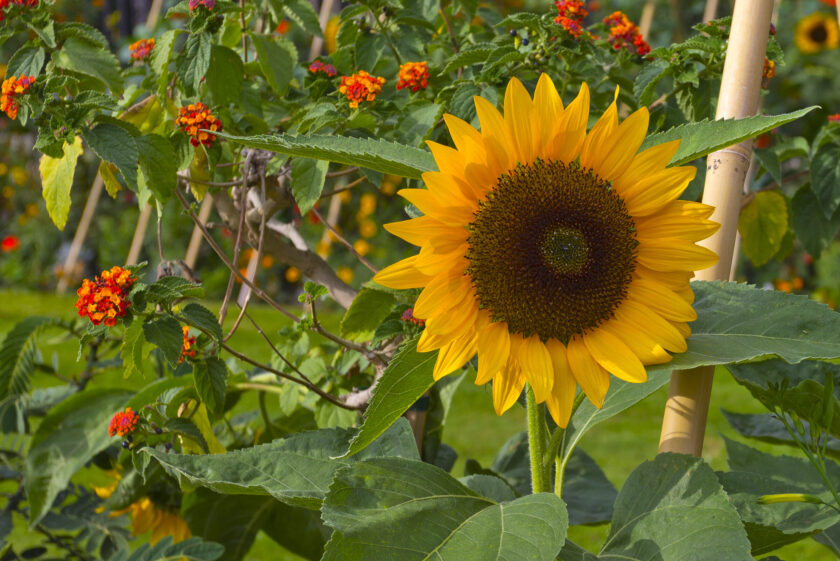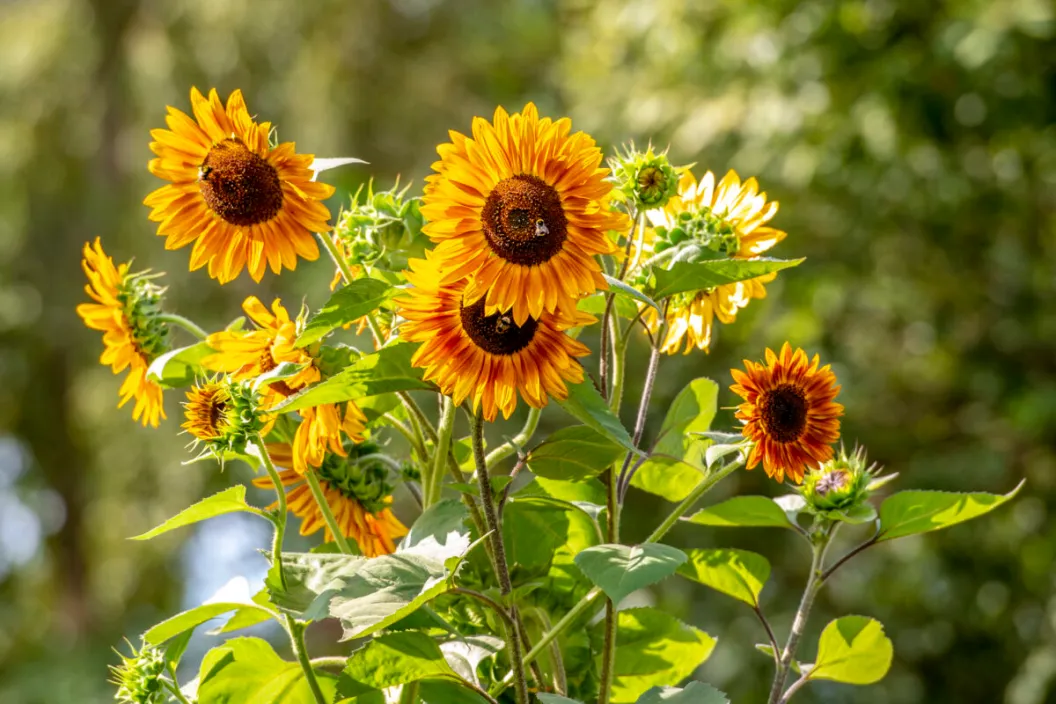Sunflowers are a must-have in your mid- to late-summer landscape for their striking beauty, vibrant color and classic style. And you'll love how easy these annuals are to grow and care for. Another fun fact: These plants are heliotropic, which means the flowers turn to follow the path of the sun throughout the day, making them a fascinating addition to your garden.
Sunflowers come in heights from two feet to ten feet tall. Smaller types of sunflowers can be grown in pots, while the larger varieties are stunning when massed at the back of borders. They're available in single- or multi-stemmed varieties with colors ranging from the traditional sunny yellow to pink, chocolate, burgundy and bicolor. Sunflowers also make great long-lasting bouquets, so you can enjoy them long after cutting the stems. (Pollinators love them, too!) However, as with planting tulips, it's important to know when to plant sunflowers to ensure they bloom at the right time.
Here's everything gardeners need to know about how to plant, grow, and care for these sunny-faced flowers.
When to Plant Sunflowers

Sunflowers do not transplant well, so it's best to grow these plants from seed. Sunflowers can be planted any time after the last expected frost in your area, when the soil temperatures have warmed into the mid 60s to 70s. (Find average soil temperatures in your area here.) If you plant sunflowers too soon when the soil is cold, the seeds don't germinate well.
Depending on the variety, sunflowers bloom in 50 to 120 days after planting. The seed package will specify how many days until they reach maturity, so count backwards from your area's first expected frost date to determine the last possible date you can plant seeds so they'll bloom before a killing frost. Your local university coop extension service (find yours here) can help pin down that date if you're not sure.
How to Grow Sunflowers

The best way to grow gorgeous sunflowers? Find a spot in full sun, of course! That means a site gets at least six to eight hours of direct sunlight per day. As their name suggests, these flowers will not do well in shady locations. Poke a hole in the ground with your finger or garden trowel, place a couple of seeds in the hole about an inch deep, and tamp down the soil.
Seeds should be spaced about 6 to 36 inches apart between rows, depending on the variety. Water well, and keep the soil slightly moist until germination about a week or ten days later. Thin seedlings so that only the healthiest-looking ones remain with plenty of space to grow. You also can stagger plantings successively over the course of a few weeks to ensure you'll have blooms all season long. And one final word of wisdom: If rodents or birds are digging up your seeds or baby sunflowers, cover the area with chicken wire, use a cloche, or set up a protective cage.
How to Care for Sunflowers

One of the reasons sunflowers are worth growing is that they're not super picky about conditions. Once the seedlings pop up, water occasionally if it's very dry. You can fertilize, if you like, but it's really not necessary.
Otherwise, there's really not much else you need to do to ensure blooms. The exception is that tall sunflowers may need staked if they begin to tip over because of the weight of the flower heads or if it's very windy. Tie them up to a stake with anything you have on hand, such as twine or old hosiery.




